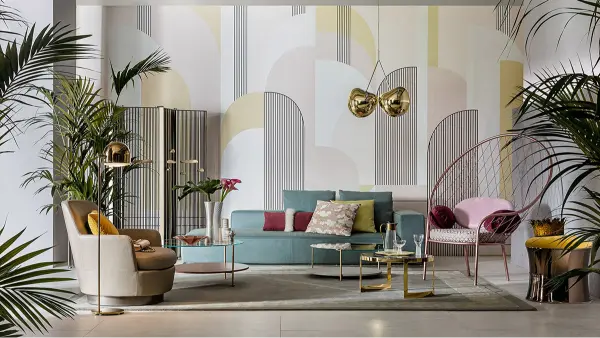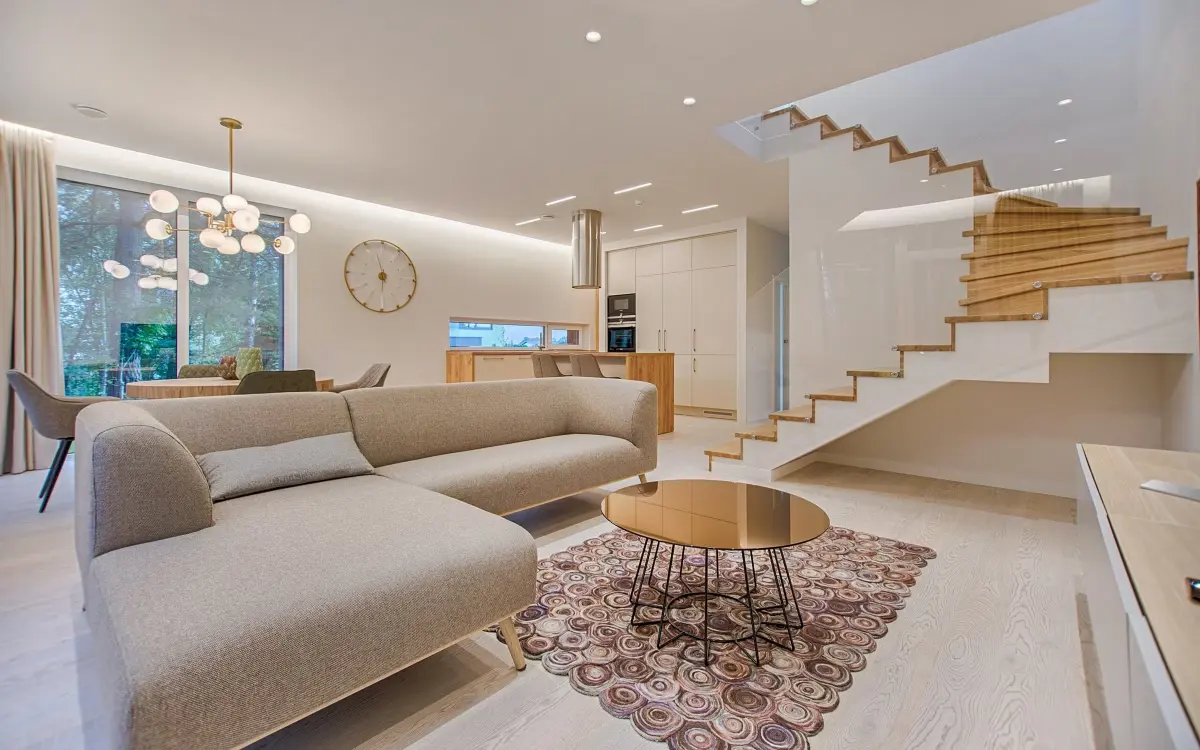Explore Canberra’s hottest 2025 interior design trends that blend modern elegance with practical living—perfect for any stylish Australian home. The look and feel of a home shape the way we live in it. You notice it the moment you walk in—some houses feel warm and settled, while others feel flat, no matter how expensive the furniture might be. The difference often comes down to how well the space has been planned.
The world is massive and a place of creativity. Every place, whether it is a city or a small town, has its culture with its language and norms, so Canberra is a place where there is calm surrounded by natural light, and most of the people want simple living. When you own a house or are making your dream house interior, it is a reflection of your standards and style.
Choosing the right interior designers in ACT. Small adjustments made through thoughtful planning and an understanding of how each room is used can transform an ordinary space into a comfortable one without exceeding your budget.
Why Interior Design Trends Matters
If you don’t carefully consider a home, the problems begin small and gradually escalate. You might feel that there is never enough space even though the rooms are large. The light feels dull no matter how many lamps you buy. Furniture ends up placed against walls because nothing else works. Living in a space like that gradually wears you down—you feel uneasy without understanding why.
Good design fixes those things in ways that last. It doesn’t mean throwing everything out and buying new things. It means thinking about how a room is used, how people move through it, where natural light falls, and how colours affect mood. A room that is arranged well feels effortless. You can breathe in it.
Beyond comfort, design adds value. Homes with well-planned interiors often attract buyers more quickly and at a better price. Even small changes—a better layout, a calmer colour scheme, or adding storage—make a difference.
Interior Design in Canberra
Canberra has a style of its own. Residential interior designers in Canberra tend to focus on light, proportion, and creating rooms that feel open. The work often begins with the family’s needs for the space, rather than filling a house with fashionable pieces that will look outdated in a year.
Some firms, such as ALN Group, handle both design and construction, which is a practical option for people building or renovating. This ensures that the ideas on paper seamlessly transition into the actual building work, eliminating any confusion between the designer and builder. Other smaller studios work closely with clients who just want to refresh their home. The common factor is an approach that balances function with a simple, calm aesthetic.
Proficiently Improvement Of Rooms To Optimum Functionality
Living Room – Space and Light
The living room is where a house introduces itself. Begin by looking at the light. Let daylight in wherever you can. If heavy curtains shade the windows, consider replacing them with lighter fabrics or pull-up blinds. Placing a mirror on the wall opposite a window will help bounce natural light around.
Thereafter, look at how the furniture is arranged. Try to leave clear walkways through the room. Sometimes simply moving a sofa or a coffee table makes the room feel open again. A few indoor plants can also change the atmosphere—they soften sharp edges and bring something alive into the room.
Functional Kitchen & Dining Space
The kitchen is a working space, so design here is mostly about function. Think about how you move from sink to stove to fridge. If you find your route blocked or cramped, even minor adjustments can simplify your daily cooking routine.
For a fresh look, you can paint cupboard doors, change handles, or add a stylish overhead light without replacing the entire kitchen. Open shelves in one section can break up heavy blocks of cabinetry and give you a spot to display plates, cookbooks, or a plant.
In a dining area, make the table the main feature. A solid table with comfortable chairs and a warm light above creates a welcoming spot for family meals.
Bedrooms—Calm Above All
Bedrooms should be simple and restful. Colours matter here more than elsewhere. Pale greens, muted blues, and warm neutrals work best. Bright or harsh colours can be left in living areas.
Block‑out curtains are worth the expense; even a little outside light can disturb sleep. Keep furniture to the essentials: a bed, bedside tables, and storage. Too much makes the room feel tight and busy.
Add something personal—a small gallery of photos, a shelf with books you love, or a favourite piece of art. These little things make a bedroom feel like it is yours.
Structures Bathroom & Laundry
These rooms are often small, so the aim is to keep them light and uncluttered. Good lighting is important. If a major renovation isn’t possible, you can still change mirrors, taps, and handles to update the look.
Keep the counters clear. Use shelves or baskets to hold the small things. A single plant can soften a hard tiled room.
A Home Office or Study Nook
Even a corner can become a productive work area with some thought. A desk that suits the space, a comfortable chair, and good lighting are the main elements. A tidy workspace makes a huge difference to how you feel about work. Use small storage boxes or shelves to keep things organised. Add something natural—a wooden accessory or a plant—to stop the corner from feeling too cold.

Contemporary Factors That Matter
Starting with. Light, layout, and clutter cost nothing to change.
Furniture should fit the room. If the furniture is too large hence it will make the room compact and smaller and will disgust spacious impact.
Mix textures. A rug, cushions, or a throw can warm up a plain room.
Think about how you live. Design has to make daily life easier, not harder.
Choose safe materials. Paints and finishes with fewer chemicals are better for your health.
Collaborate With Expert Designing Workers
If you are not sure where to start, talking to a professional can save time and mistakes. Residential Interior designer in Canberra know the suppliers and materials available locally. They can create a plan that works with your budget instead of against it. A team like ALN Group construction company also guides a project from drawings to a finished room so there are no gaps between planning and building.
Conclusion
Good interior design is not about money. It is about understanding a space and improving it so that it supports the way you live. Ignoring a house’s interior design leads to daily challenges. A well-arranged house becomes a place where you can rest, focus, and feel comfortable.
Start with light. Please consider opening up the spaces you already have. Add colours with care. Over time, these small decisions add up. Whether you make changes yourself or bring in a residential interior designer in Canberra, the aim is the same: a home that feels like it is yours.


YOUR COMMENT